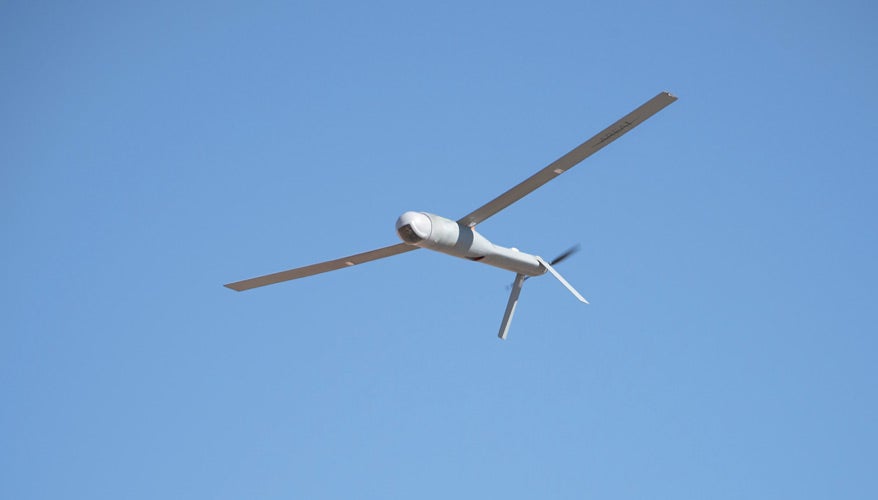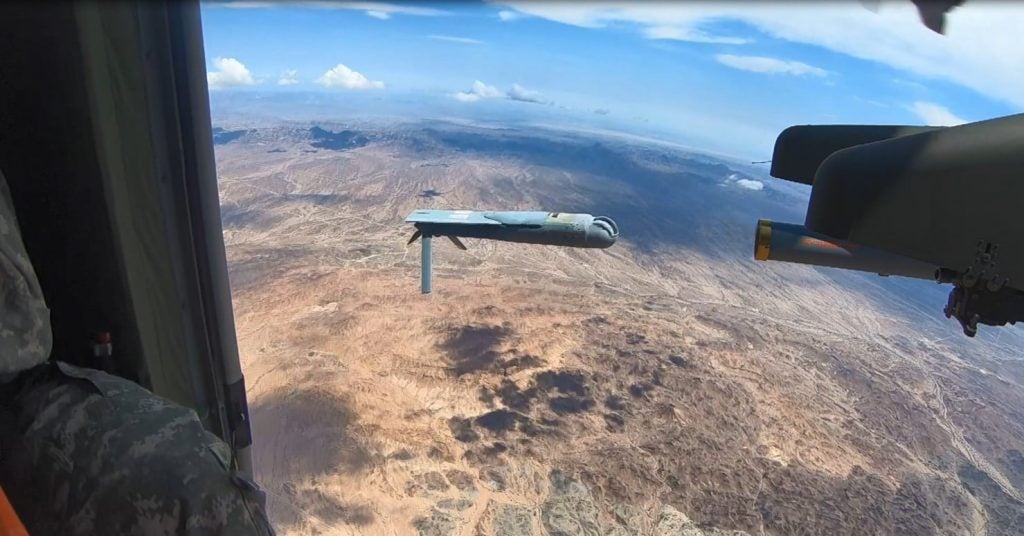Future Attack-Recon Aircraft Will Use Air-Launched Drone and Long-Range Missiles to Defeat Air Defenses
As with the Comanche that preceded it, the US Army’s Future Attack-Recon Aircraft (FARA) is being built around an emphasis on countering enemy air defenses. Comanche relied on stealth shaping to survive in the face of enemy air defenses, which was of arguable utility at the short engagement ranges the aircraft would be forced into (Hellfire max range is 8 km) while also resulting in expensive and maintenance-intensive airframes.
FARA will use a different approach built around network-centricity. Like the Apache Guardian currently in service, FARA will be capable of controlling UAVs allowing them to be used as the aircraft’s eyes, keeping the pilots out of harm’s way. Ground launched UAVs aren’t always available so the Army intends to give FARA a UAV it can carry around and launch at will.
This is the objective of Air-Launched Effects (ALE), a program to develop a multi-mission UAV that can be launched from rotorcraft and larger UAVs. It will have interchangeable payloads to perform recon, decoy, jamming, and kinetic missions. The UAV will be semi-autonomous and capable of launching at very low altitudes (below 150ft) which will permit FARA to stay in cover while ALE searches out targets. ALE is expected to be tested in late 2020 with more complex tests continuing until 2023.
The only existing drone similar to ALE’s requirements is ALTIUS, produced by Area-I. In August 2018, ALTIUS was launched from an Army UH-60 proving the concept (cover image). ALTIUS has an endurance of 4 hours and a cruise speed of 63 mph, giving it a range of nearly 250 miles. However, its max payload of 6 lbs. greatly limit its capability. The system is also expected to be surface launched.

Of course, spotting and tracking targets is only half the engagement. To destroy targets provided by ALE is another developmental program, the Long Range Precision Munition (LRPM). This missile will have a range between 30-40 km, a max speed around Mach 0.85, and is intended to target air defense systems as well as command & control nodes. Most importantly the weapon will have a data link, allowing the gunner to see what the missiles see while remaining in cover. Spike-NLOS is the closest existing system and was recently test-fired by US Army Apaches. However, the LRPM requirements demand the weapon be able to track moving targets in zero visibility, which Spike-NLOS cannot. This would require a radar similar to that on JAGM or SDB-II. LRPM is expected to be test flown in 2021.

